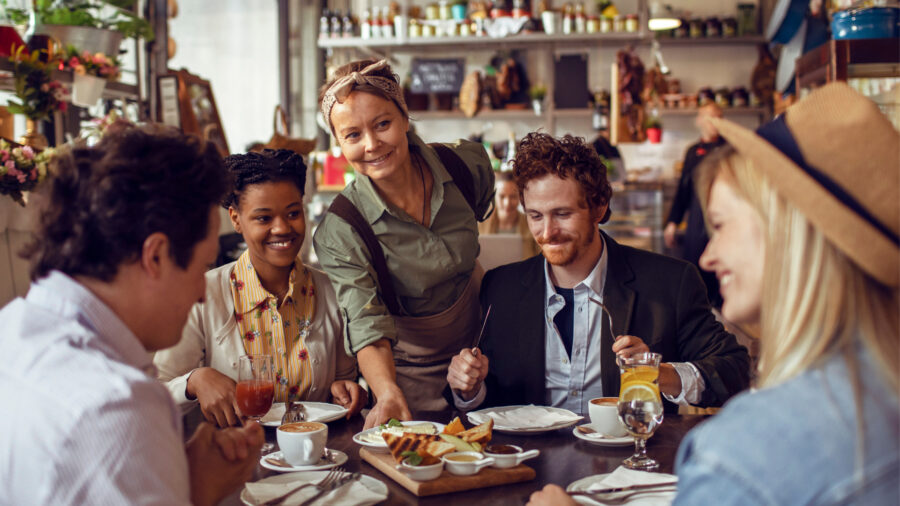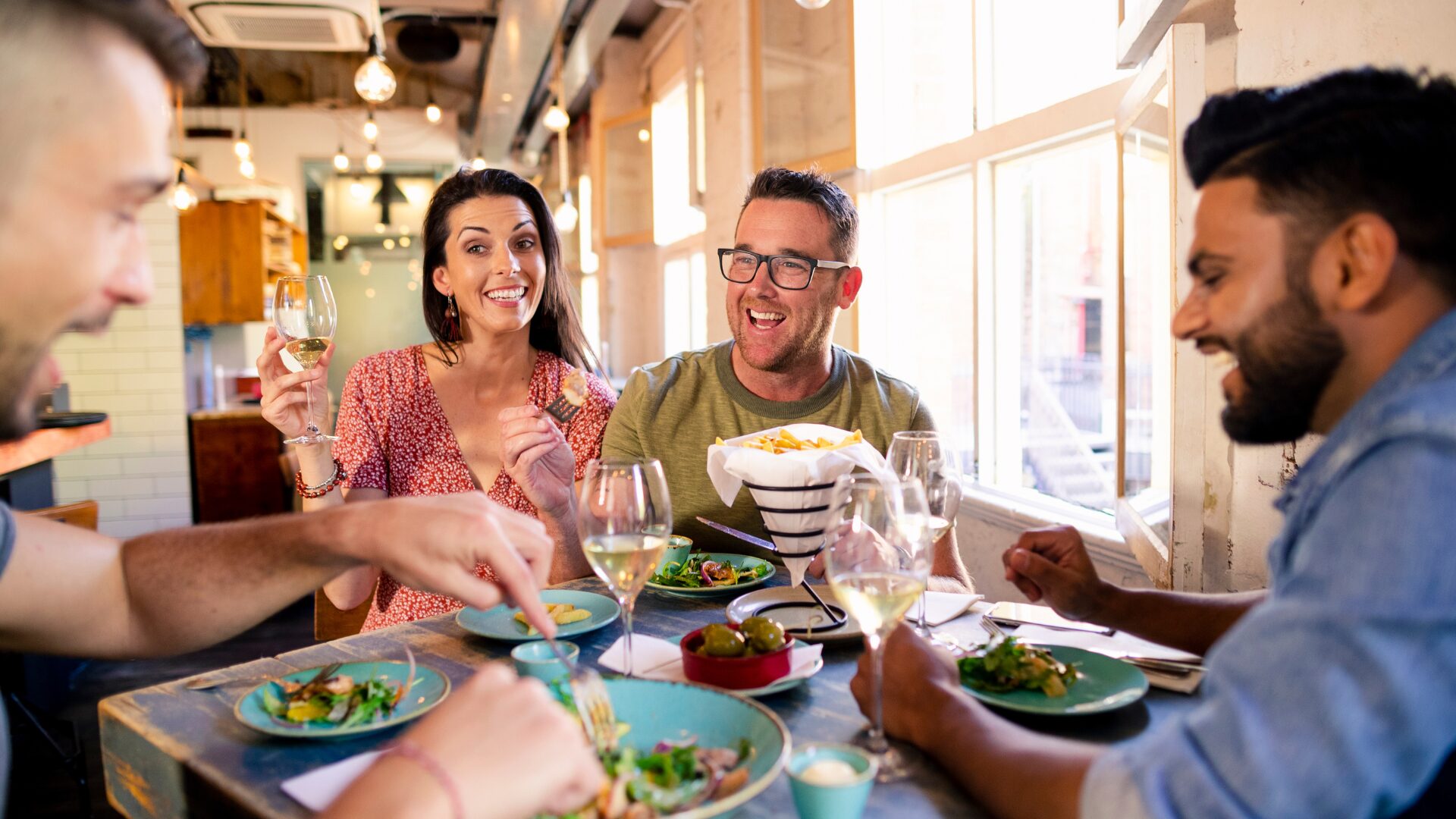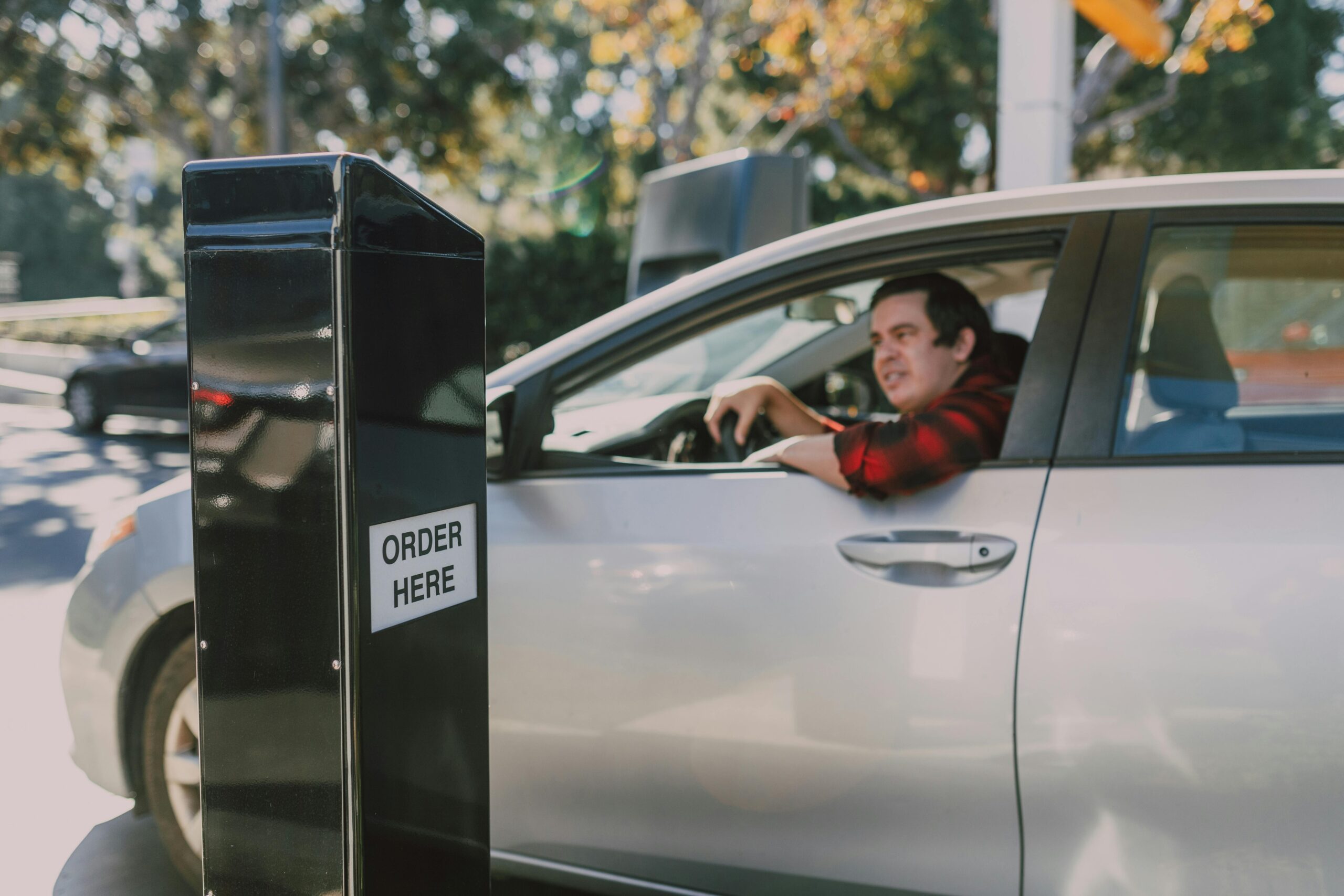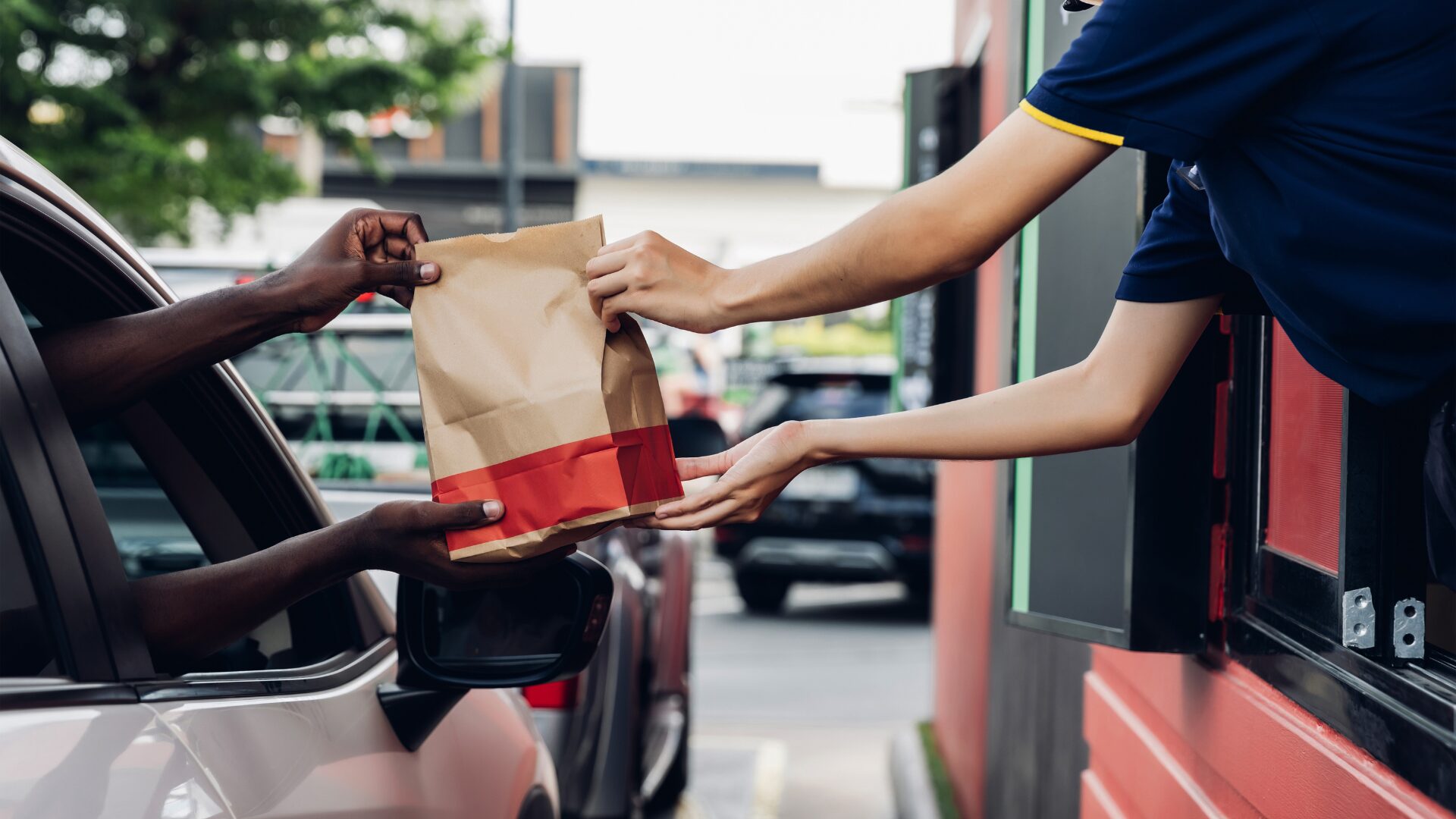Hot dog stands and early hamburger joints had one thing in common besides the fries and colas: They were walk up counters where customers would place their orders and stroll off with food to be consumed either in a car, along the street or at home. There was no indoor seating.
That concept may be returning – with a twist: it looks like fast-food restaurants will be relying more heavily on the drive-thru.
At the same time, casual dining establishments are coming up with strategies to get diners to return to the indoor experience.
The pandemic shifted consumer behaviors while a tight labor market and rising real estate prices have forced restaurants to streamline operations.
TACO BELL LEADS INNOVATION
Taco Bell announced its new restaurant design – dubbed Defy – earlier this month in Brooklyn Park, Minnesota, a purple, two-story building catering to drive-thru customers. Food will be delivered by a vertical lift system to customers who order through an app or through the traditional drive-thru process.
“It is a creative, technological solution for a faster, contactless experience for as many Taco Bell fans as possible and is poised to be the future of quick-service dining,” said Lee Engler, co-founder and CEO of Border Foods, a Taco Bell franchisee headquartered in Minnesota.
Taco Bell is not alone. Portillo’s is testing a drive-thru-only location in Joliet, Ill., while Jimmy John’s opened its first drive-thru-only site in Florida earlier this year and coffee-and-doughnut chain Tim Horton’s has developed a drive-thru only prototype, Restaurant Business reported (June 8).
Schlotzsky’s new prototype downsizes it’s 3,300-square-foot eateries to just 1,000 square feet with a walk-up window and no indoor seating. Wingstop is not only eliminating indoor seating, it’s eliminating cash, and Chipotle is going one better, eliminating the counter.
Restaurant Business said McDonald’s and Del Taco also are planning drive-thru-only concepts, and Subway is taking the unique step of testing vending machines as part of a broader “grab-and-go” strategy to use existing locations as bases for sales in multiple spots.
RISKY ENDEAVORS?
Eric Fernandez, R&D chef with The Culinary Edge, warned fast-food outlets to think twice before making drastic overhauls.
“It’s telling that chains like Chipotle and Starbucks, known for years for their lack of a drive-thru, have begun to position themselves with this new style, and speed of service,” he said.
“In a recent restaurant consumer insights survey performed by Revenue Management Solutions, 80% of respondents visited a drive-thru at least once weekly during Q1 of 2022, down slightly from 86% in Q4 of 2021,” Fernandez added. “This, compared to 74% of respondents dining-in at least once, up from 70% in Q4 of 2021. Higher gas prices have historically had a negative impact on drive-thru sales and that is continuing to show moving into 2022 but can’t be pinned as the only cause.”
CASUAL ESTABLISHMENTS’ OUTLOOK
Justin Worster, vertical lead for restaurants and senior performance strategy manager at VDX.tv, said it’s encouraging that casual dining establishments are doubling down on bringing customers inside.
“The bottom line is that casual dining brands should not look to mimic fast-casual competitors that have done away with their dining rooms and instead should be leaning into the quality of their service and their rotating food and drink options that fast-casual brands cannot replicate due to their smaller footprint,” Worster said.
Applebee’s announced it would try to lure late-night diners back inside with a half-price promotion on appetizers. Last month, the casual dining chain announced a $5 cocktail promotion. Both promotions are in-store only.
Chili’s Grill & Bar is attempting to draw diners by shuffling its menu, adding new dishes and giving consumers the option of ordering a non-alcoholic drink, appetizer and entrée, starting at $10.99.
“Brands that focus on overall guest experience, the whole package, and differentiate their food offering from drive-thru, will have the advantage in the dine-in space. But they will have to be creative to succeed,” Fernandez said.
Bo Peabody, co-founder and executive chairman at the restaurant discovery app Seated, said if a recession hits, dine-in restaurants may benefit.
“Casual dining was created to offer the full-service restaurant experience at a much lower cost, a luxury that could be enjoyed by the mass market weekly or monthly,” Peabody said. “Nearly 12 years of a bull market and expansionary policy have led to that luxury being overshadowed by other more expensive items.
“We may be returning to a time when the average family considers a weekly night out at Chili’s to be a luxury,” he added.












